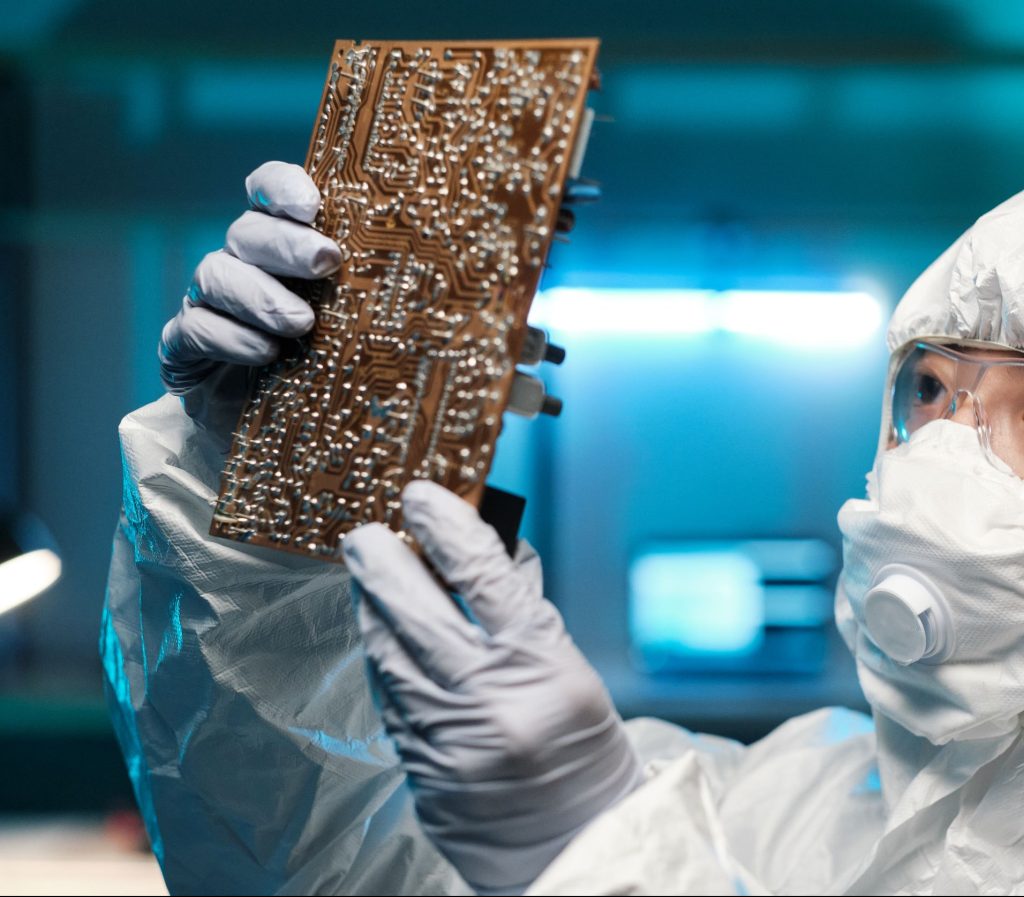Balancing costs and revenues for recycling end-of-life PV panels
In the past decade photovoltaic (PV) solar energy in The Netherlands has become a substantial part of the total energy generation system with more than 14 gigawatt (GW) peak power installed by 2021. At the current impressive growth rate of 3.5 GW per year it is expected that the targets set for 2030 following from the climate agreements can be met even earlier. However 25 to 30 years from now the currently installed PV panels will reach the end of their useful service life and need to be discarded. The current amount of 3.5 GW of annually installed PV panels will then represent more than 200,000 ton of electronic waste to be collected and processed every year. Stichting OPEN has been made responsible for arranging collection, processing and discarding or recycling of End-of-Life (EoL) solar panels in a proper way.
The current mainstream “recycling” processes for solar panels merely leads to the recycling of the aluminum frame into raw metal feedstock, whereas the rest of the solar panel after shredding ends up as a filler material for concrete or sub base for roads mainly. It can be questioned if this practice can be sustained in future when the volumes of PV waste will be impressive compared to the amounts today. Upon request by Stichting OPEN TNO carried out a study giving an outlook towards future processes which may be used to extract all other valuable materials from discarded solar panels in addition to aluminum. Future legislation on re-use of materials or pollution prevention may be a factor to take into account as well. But whether or not a higher level of recycling will be enforced by future legislation, it is useful to look already now into alternative processes and techniques required for a more intelligent recycling, recovering not only aluminum but also silver and silicon. The latter compounds are essential for the manufacturing of new solar cells.
The study by TNO covers alternative recycling methods currently under development, for which some dedicated equipment is already commercially available (e.g. a hot knife for the separation of the front glass plate from PV panels). A key question to be answered is about the costs of advanced recycling processes compared to the potential revenues that can be generated from sales of valuable components extracted, e.g. silver. Today’s PV panels production is dependent on availability of silver, which is forecasted to become a concern in future if the growth scenarios for PV develop into reality. This fact in its own should be motivation enough to start searching for and implement alternative recycling methods directed to recovery of silver as a minimum.
Andere relevante publicaties
Re-use of soundbars
How feasible is it to give soundbars a second life? Commissioned by Stichting OPEN, Second Use investigated the re-use potential of four soundbar models, revealing insights into repairability, consumer interest, and key barriers.
Re-use van soundbars
Hoe haalbaar is het om soundbars een tweede leven te geven? In opdracht van Stichting OPEN onderzocht Second Use de potentie van re-use bij vier modellen soundbars – met inzichten over reparatiemogelijkheden, consumentengedrag en belemmeringen.
Re-use of cordless vacuum cleaners
The re-use of cordless vacuum cleaners presents interesting opportunities, but battery replacement costs pose a significant challenge. This study, conducted by Second Use on behalf of Stichting OPEN, examines the feasibility of refurbishment and identifies key improvements to extend the lifespan of these appliances.


